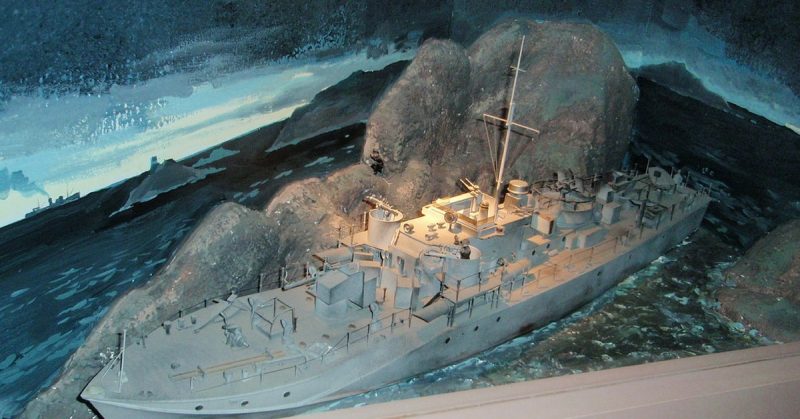Europe during the Second World War was a bleak place; German forces invaded Norway on the 9th of April, 1940, and as the country was unprepared for such an attack it fell quickly. The Norwegian Royal Family and government were sent to London into exile while thousands of people fought back home to try and keep Norway a free country.
The Secret Intelligence Service and Special Operations Executive Norwegian Naval Independent Unit decided to utilize the link to the Shetland. Shetland is the northernmost part of Scotland, a sprawling, wind-swept archipelago, located in the north sea about halfway between Norway and Scotland. The plan was to set up a base at Lerwick, Shetland’s main port town. This soon became a vital link between the Norway and the UK and a major route for the evacuation of refugees fleeing the occupation.
This covert operation became known as The Shetland Bus, a series of fishing boats that sailed back and forth between different points in Norway and Shetland delivering weapons and supplies to Norwegian partisans and rescuing refugees from the Nazi occupation.
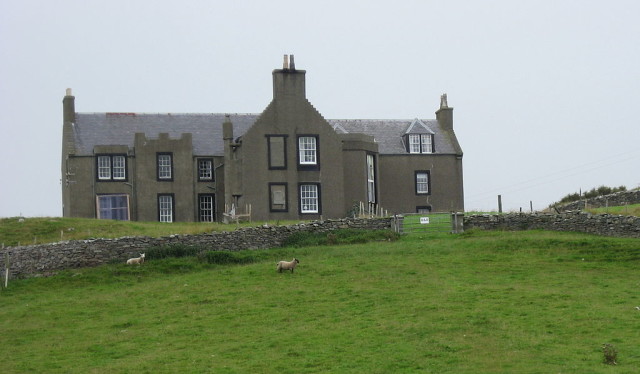
The fleet was initially made up of fourteen normal fishing ships that traveled to Norway armed with weapons, ammunition and radio sets, and returned to Shetland with refugees fleeing Nazi occupation. The first boat was skippered by Captain August Nærøy and left Shetland for the major Norwegian port city of Bergen, on 30th of August 1941.
The ships were made up of volunteer crews, mostly in their teens and 20s. These Norwegian fishermen risked their lives day after day to ensure safe passage across the merciless North Sea. They made long, dangerous trips through the dark winter months and many boats and lives were lost during this time.
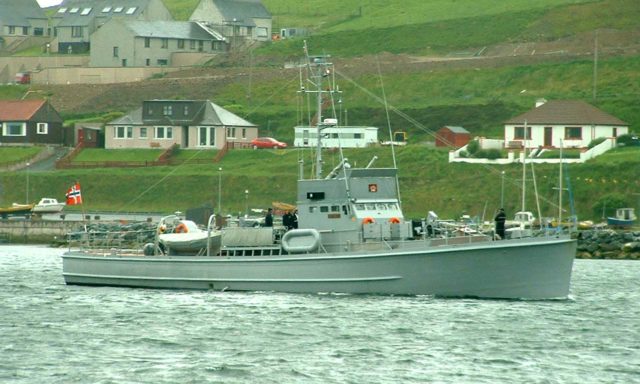
The early winter of 1941 saw Flemington House in Shetland being used to train agents and to accommodate the Norwegian refugees making the hazardous trip across the North Sea to safety. In future years, the refugees found themselves set up in a camp in an old herring factory.
The first base, at a village called Lunna Ness, was a good place to begin. It was off the main shipping line and sheltered, but it lacked ample repair facilities for the boats. So in 1942, as the project grew, the Shetland Bus was moved to Shetland’s old capital, Scalloway, where there was a bigger harbor. Here, local engineers and carpenters were able to work with Norwegians to increase the effectiveness of the operation.
Even with the change to Scalloway, however, boats continued to be lost, captured or sunk by German attacks, or lost in bad weather. The losses were so heavy that it was suggested the base might need to close and the Shetland Bus might need to be shut down. But the members involved declared all they needed was better boats in order to continue.
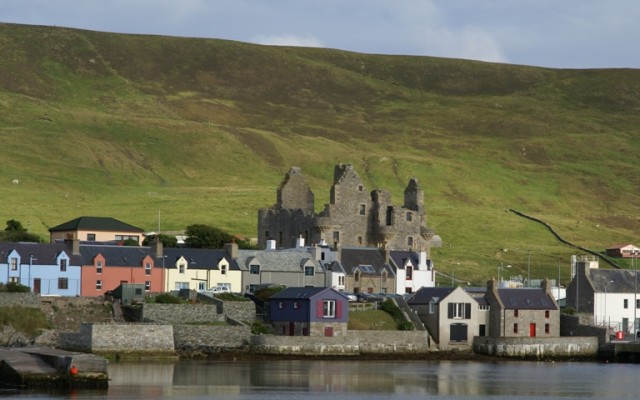
In October 1943, the US Navy donated three submarine chasers called Hitra, Vigra, and Hessa to the operation. It was clear that faster vessels were necessary for the safe continuation of the operation. These were 110ft long and capable of going 22 knots (25mph), with a normal cruising speed of 17 knots. These boats were able to make more than 100 trips between Shetland and Norway with no loss of life or ships.
Sometimes the Bus took part in attacks on German forces. They were involved in a raid on Måløy, a Norwegian town held by the Germans. The attack, known as Operation Archery, was to win back the town and eliminate enemy strongpoints on Måløy Island and Holvik. They were successful, and the raid prompted Hitler to reroute 30,000 of his forces to Norway and upgrade his coastal and inland defenses as he feared the British might invade Europe through Norway.
They also contributed to Operation Claymore, a British Commando raid on the Lofoten Islands of Norway. Again Hitler sent more troops to Norway and by 1944 there were 370,000 German soldiers stationed throughout the country.An attack was planned that saw a 19 meter fishing boat going against insurmountable German battleship Tirpitz, weighing an intimidating 42,000 tons. The Tirpitz, which was anchored up Trondheimsfjorden was the greatest threat to Allied forces
An attack was planned which saw a 19-meter fishing boat going against the insurmountable German battleship Tirpitz, weighing in at an intimidating 42,000 tons. The Tirpitz, which was anchored in Trondheimsfjord, was the greatest threat to Allied forces in the North Sea and was tying up the British Navy in Scapa Flow, their anchorage at Orkney.
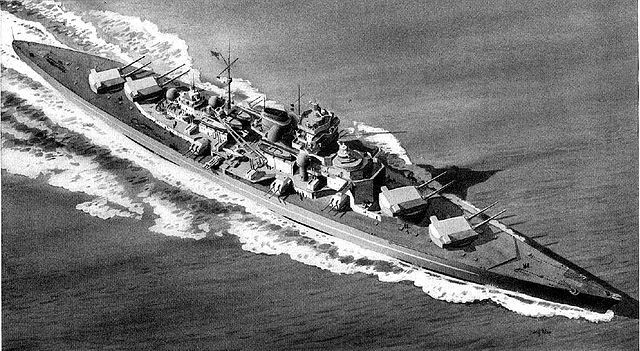
The boat was armed with two two-man torpedoes called chariots. Each chariot was driven by electric motors and was around 6 meters long. The nose had a detachable warhead on it, and the crew (wearing only diving suits) sat protected by a windscreen made up of control panels.
The Arthur carried peat on its deck to act as camouflage and had a false bulkhead fitted with a secret door. The crews of the chariots hid in a 60cm wide space between the engine room and the hold. Their mission was to steer the chariot below the Tirpitz, unscrew the warhead and set a time fuse, attach it to the bottom of the Tripitz using magnets and then escape.
As they approached a huge storm blew up. The Arthur was a few miles away and the chariots broke free, so the mission had to be terminated. The crew tried to escape German forces by going across the border into Sweden but during this time Able Seaman Robert Evans was taken prisoner and shot.
As the Second World War came to a close, and at the end of the German occupation of Norway, Vigra and Hitra entered Bergen as part of the Shetland Bus for the last time.
By the end all the ships and submarine chasers in the operation had completed a total of 198 trips, and Leif Larsen, one of the leaders of the operation, had carried out 52 of them.
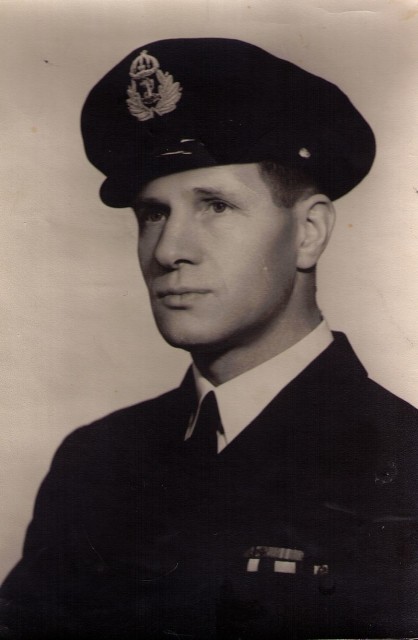
During its lifetime, the Shetland Bus was able to transport 383 tons of weapons and supplies to Norway. It carried over 190 military agents. It had also evacuated a total of 373 refugees and 73 military agents to safety in Shetland.
A total of 44 men lost their lives during the Shetland Bus, some of whom are buried in Shetland at Lunna Kirk in Lunna Ness. The bond created by the Shetland Bus has lasted, with life-long friendships being created. In Shetland, the memory of a valuable operation that was vital to the Allied effort during the Second World War lives on.
